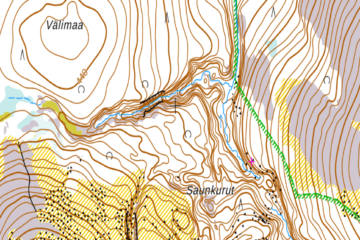Using batteries in cold temperatures comes with several problems. All battery types share these more or less severe.
- less maximum current
- lower voltage
- higher wear when using
- often much higher wear when charging
- much lower usage time or unusable at all
This can result that batteries are not usable at all in cold temperatures. As a general advice you should keep your batteries warm, for example by storing them very close to the body.
Depending on the battery technology the impact on the performance of the cold weather is different. I cover here the most common ones (only rechargeables, no disposables):
- NiMh which are often found as the standard AA and AAA batteries
- Li-Ion (Li-Po), LiFePo4 which are often 18650 cells
- Lead Acid (inlcuding AGM and Gel), which are often car batteries or off-grid systems
Nickel-metal-hydride

These are the most common rechargeable for the standard AA and AAA form factors. When the temperature drops below 0°C their performance decreases rapidly. Even for light applications like a pocket light they are very limited usable. In my experience at -10°C even completely fully charged AA batteries are just usable for a few minutes in a light. Charging can be done very slowly in low temperatures with about 0,1C, but the cell should be better over 5°C for charging.
In winter I do not recommend using any NiMh cells at all. Newer eneloop batteries show a much better cold weather performance but the basic problems are still the same.
NiCd (Nickel-cadmium) has even worse performance while NiZn (Nickel-zinc) has a better one, but comes with a higher voltage (and you need a different charger). A better alternative are voltage regulated Li-Ion cells, see Li-Ion section.
Lithium-Ion and Lithium-Polymer
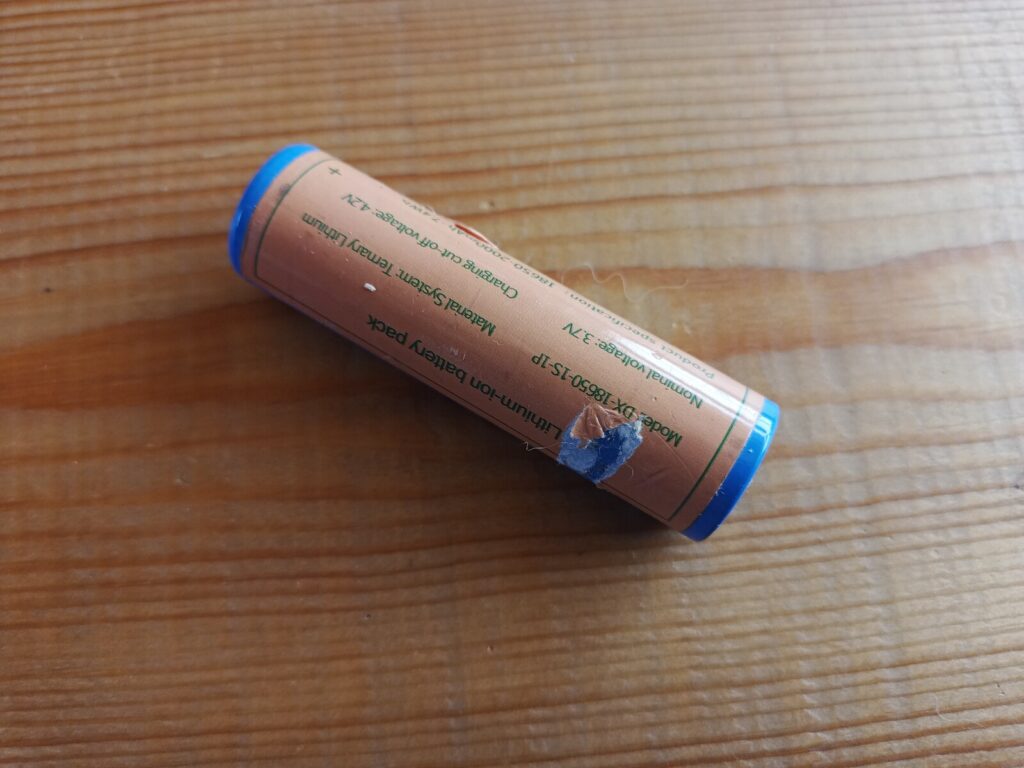
Li-Ion (and Li-Po) is nowadays the standard battery technology for most applications. Li-Po can be made in any form factor because the electrolyte is gel instead of liquid. Their energy density is the highest from all wide spread battery types (100–265 Wh/kg, 250–693 Wh/L, 250–340 W/kg). They work in the cold much better then NiMh but still their performance decreases. You should never charge them if the cell temperature is below 0°C as they suffer and degenerate a lot. The cell temperature should be over 10°C for charging. Most manufacturers specify their use to -20°C. But at that temperature you get a sharp voltage drop at the beginning of the use which can lead to fail of usage, already at moderate discharge rates. For example a modern Panasonic NCR18650BD cell drops at a 1C discharge rate and -20°C temperature to 2,7V – 2,8V (but is recovering voltage during use after a few minutes).
Panasonic (and also some other manufacturers) brought out some cells for cold weather out. They chemistry is changed slightly leading to a little bit lower capacity but much better cold weather performance. You still can only charge them over 0°C. It is claimed that these cells still have around 70% of their capacity at -40°C, a temperature where some ordinary Li-Ion cells fail. But officially the cold-temperature cells are also often just rated down to -20°C. Especially for headlamps these cells are very good as the metal case of headlamps cools down the cells so quickly, that it is not possible to keep them warm. But a high quality Li-Ion cell performs nowadays also pretty good in the cold. The advantages of the cold optimized Li-Ions comes into play at temperatures below -20°C. When the temperatures are above a quality high capacity cell has normally more capacity.
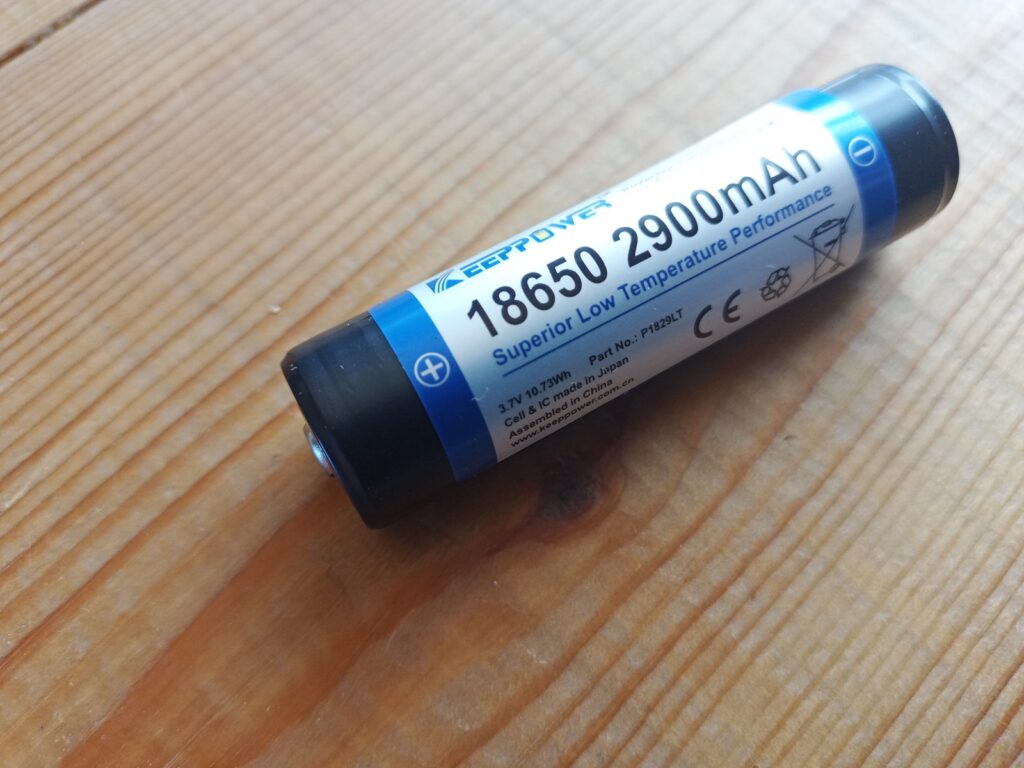
In high current applications the self warming of the battery can solve the problem of the cold weather. For example if you have a drone and you keep the batteries warm before you use it, the self warming through to the high discharge keeps the battery warm. So the flight time of a drone can be still very good as the capacity and voltage is not dropping so much. But if the batteries are cold their voltage also drops and then high current applications often don’t work at all any more. In the drone example they normally refuse to start if the battery is very cold and therefore the voltage not high enough.
AA (14500) and AAA (10440) Li-Ion
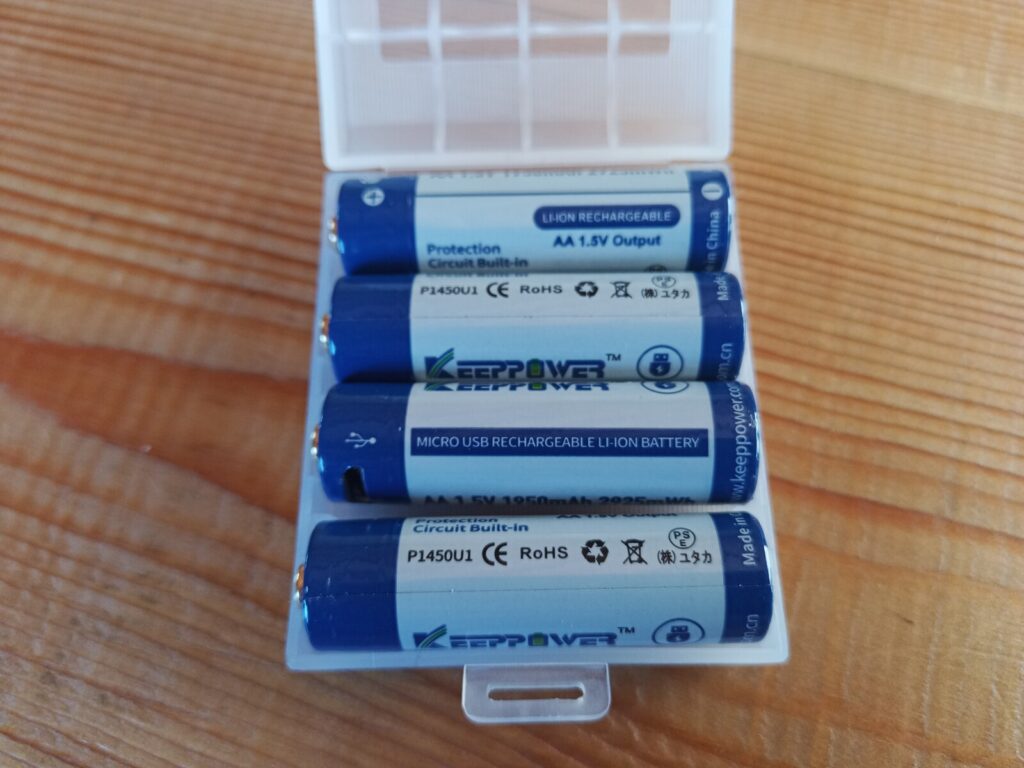
In the last years Li-Ion cells in the AA and AAA form factor appeared which are voltage regulated to 1,5V and therefore usable as an replacement for NiMh. They are a great replacement for application which depend on AA or AAA form factor. You get all the advantages of Li-Ion and because of their voltage regulation you nearly get always very exact 1,5V power delivery leading to a very good performance, especially in devices which are not working great with NiMh and require Alkaline batteries. You need a different charger for them, but they also exist nowadays with small USB ports for charging.
But be careful, there are also a lot of normal Li-Ion 3,7V cells in the form factor AA and AAA existing! I never saw an application for them but they exists longer then the voltage regulated ones.
Lithium-iron-phosphate
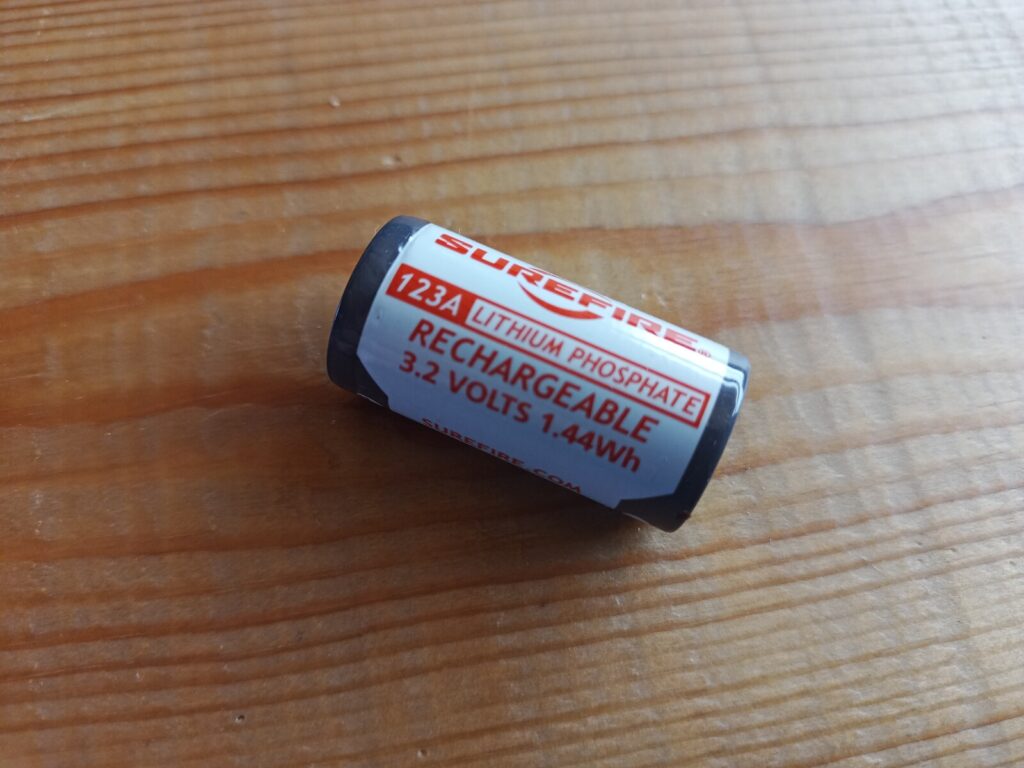
LiFePo cells have a lot of advantages:
- more save, because the electrolyte is not liquid
- best cold weather performance (also good with heat)
- very flat discharge curve
- incredible amount of cycles, up to over 10.000 times
- very low self discharge
- longest shelf life when stored correctly
They have mainly the three following disadvantages:
- the energy density is lower the Li-Ion resulting in less capacity for the same weight and size (90–160 Wh/kg, 325 Wh/L, 200 W/kg
- the performance for very high currents is worse then Li-Ion
- they have 3,2V instead of 3,7V
The second disadvantage is normally not a big problem as they still can supply a very high current compared to other technologies.
But the first one limits their nowadays use for smaller devices. If you look at the following example you see what I mean. A 16340 LiFePo cell holds about 400mAh with 3,2V while a Li-Ion Cell of the same size holds 700mAh, or even up to 900mAh, at 3,7V leading to much more available energy. The advantage of the better cold weather performance is then never playing out as the capacity of the LiFePo also decreases. Most good Li-Ion cells have at least 70% of the capacity at -20°C, which would be in the above example still 490mAh (1,81Wh) which is better then the LiFePo at +20°C (1,28Wh). Besides that not all devices can use LiFePo instead of Li-Ion because of the lower voltage.
LiFePo is pretty new in the market. The use of FePo as a cathode was first discovered 1996 and the first batteries came around 2012 on the market. So we will see for sure a lot of improvements in the next decades.
LiFePo is a great technology and in applications where the maximum capacity is not so critical they are a good replacement for Li-Ion. For off-grid systems they are the best and cheapest option.
Never charge a LiFePo under 0°C.
Lead-Acid
Lead Acid batteries have a very bad cold weather performance. Besides that in general this battery technology nearly only has disadvantages compared to Li-Ion or LiFePo. Besides being cheap there is not much on the pro side. For small device applications they do not play a big role as their capacity per weight is very bad.
On the other hand lead-acid can be easily charged in cold or hot temperatures and is forgiving very good regarding that. That is a big advantage in vehicles during wintertime.
Additional ressources
The website battery university has a lot of detailed informations on battery: https://batteryuniversity.com/
